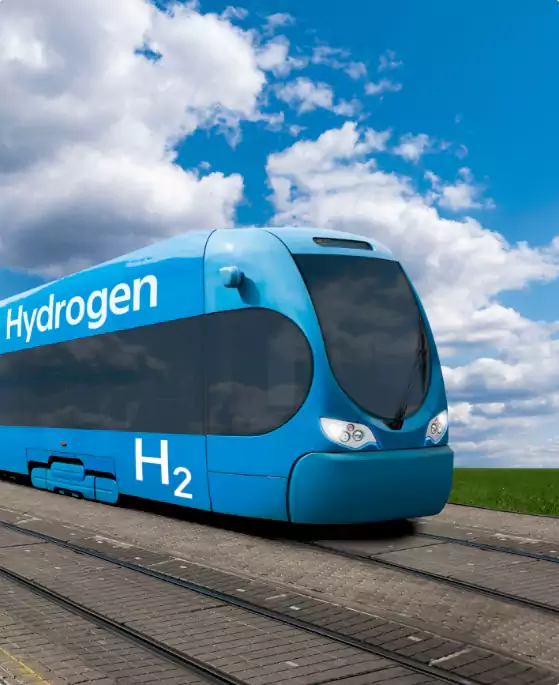Hydrogen global demand
Demand For Hydrogen Globally
Over the next five years, hydrogen’s popularity is projected to increase by an average CAGR of 9.2%, and for a market that was worth US$130 billion in 2020, this means growth to the value of US$201 billion by 2025.
The hydrogen market is worth US$93 billion Asia Pacific region, and Australia has its sights set on broadening demand for the element alongside its western counterparts. To this end, for the same five-year period, the hydrogen market throughout the Asia Pacific is expected to increase by a CAGR of 10%.
The production and demand for hydrogen have gained traction due to the heightened desire to invest in clean energy. This has been driven by government and industry targets to lower greenhouse gas emissions, establish long-term storage for power, mobilise the creation of energy, and capitalise on the demand for hydrogen fuel cell vehicles and aircrafts.
Australia has positioned itself to become a prominent part of the hydrogen market in the Asia Pacific region. It is a nation that can produce and supply high-quality hydrogen to meet the demand of its neighbouring countries, many of which are experiencing strong growth.

Australia’s Future With Hydrogen
The commitment to net-zero carbon emissions by 2050 has propelled discussions about hydrogen’s future as a leader in the global energy market. Australia is also in a position to become a heavyweight in this market due to its reputation for exporting high-quality resources and its proximity to buyers in the Asia Pacific who will drive up demand.
The National Hydrogen Strategy has been developed to support Australia’s burgeoning hydrogen export industry. The strategy, implemented by the Australian Commonwealth, outlines the most effective path to capitalising on the potential hydrogen has for Australia’s economy, including key recommendations for both domestic and international exports.

Domestic
American engineering firm, AECOM, has estimated that the average cost of diesel-powered electricity in regional and remote communities is AU$450 per MWh, compared to hydrogen-powered electricity, which costs just AU$100 per MWh. This saving presents a clear opportunity for hydrogen’s entry into the market.
In addition, hydrogen’s adaptability means it can also replace natural gas, which is non-renewable. Syngas, a hydrogen-dense gas, has been identified as an alternative to natural gas and is cost-effective. At present, it is estimated that the value of the syngas market will rise to US$66.5 billion by 2027.
Over the past few years, hydrogen-fuelled vehicles have quietly launched in the market, but their mainstream use has been impeded. However, recent commitments towards decarbonisation have pushed brands like Toyota and Hyundai to invest in hydrogen refuelling stations, which will help make hydrogen vehicles more accessible and increase their popularity in the coming years.
A range of industries, including construction and public health, are expected to benefit from transitioning to hydrogen generators from diesel. While communities in remote locations are also predicted to latch on to the renewable energy source that is increasingly gaining momentum.
Hydrogen As An Exportable Resource
By 2040, Australia’s local economy is projected to have benefited from hydrogen production by AU$10 billion. Countries Australia has lucrative trading deals with, such as Germany, the United Kingdom, Italy and France, are thought to be driving this projection, as are nations who are closer geographically, including Japan, South Korea, Singapore and China. CSIRO has predicted that demand from Asian countries alone will amount to the exportation of approximately 3.8 million tonnes of hydrogen by 2030. Japan is one of the key trade partners in this industry and is expected to be importing up to 10 megatons of hydrogen annually by 2050.